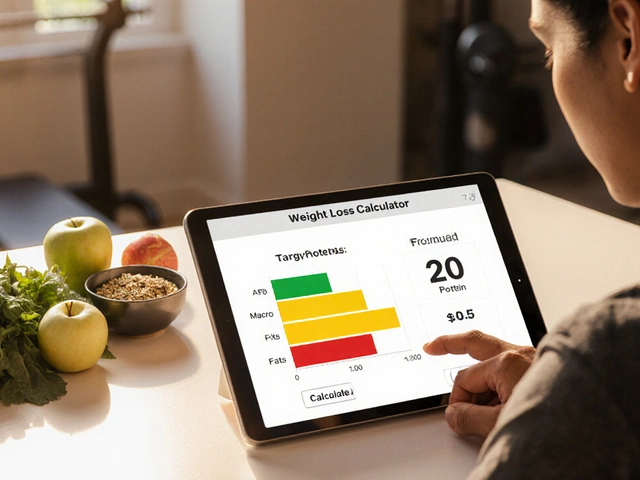Surgical Pain: What to Expect and How to Manage It
You've just come out of the operating room. The nurse checks your vitals, the surgeon says "all good," and you start feeling that sharp, throbbing ache in the area you just had work done on. That’s surgical pain – a normal part of healing, but it can feel scary if you don't know what’s happening.
Why Surgical Pain Happens
During surgery the doctor cuts through skin, muscle, maybe bone. Those tissues have nerves that send pain signals straight to your brain. The body also releases inflammatory chemicals like prostaglandins, which amplify the feeling of soreness. In India, many hospitals still use older anaesthetic protocols that can leave you with a stronger pain response, especially after orthopedic or abdominal procedures.
Two main types of pain show up after an operation. The first is acute pain – sharp, intense, and usually strongest in the first 24‑48 hours. The second is chronic post‑surgical pain, which can linger for weeks or months if nerves get damaged or inflammation isn’t controlled. Knowing the difference helps you choose the right treatment.
Medicines play a big role, but they can be a double‑edged sword. Opioids such as tramadol or morphine are good for severe pain, yet they carry risks of addiction, nausea, and, in some cases, toxic reactions with other drugs you might be taking. Non‑opioid options like paracetamol, ibuprofen, or COX‑2 inhibitors work well for mild‑to‑moderate pain and have fewer side effects. In India, counterfeit pills are a real problem, so always verify the brand and buy from a reputable pharmacy.
Practical Ways to Keep the Pain Under Control
First, follow the surgeon’s prescription exactly. Skip doses only if you feel fine, but never double up – that can cause dangerous spikes in blood levels. If you’re on multiple meds, ask the pharmacist to check for interactions; many painkillers can clash with antibiotics or blood thinners commonly given after surgery.
Second, use non‑drug methods alongside medication. Gentle movement, as soon as your doctor allows, boosts blood flow and reduces swelling. A simple walking routine or ankle pumps can make a big difference in the first few days.
Third, apply cold or heat wisely. Ice packs for the first 48 hours shrink inflammation, then switch to warm compresses after day three to relax tight muscles. Just keep a cloth between the pack and skin to avoid frostbite.
Fourth, stay hydrated and eat protein‑rich foods. Good nutrition speeds tissue repair and can lower the duration of pain. In Indian diets, include lentils, paneer, and low‑fat milk to give your body the building blocks it needs.
Finally, track your pain. Use a simple 0‑10 scale each day and note what helps or worsens it. This record is a handy tool when you talk to your doctor for a dose adjustment or a switch to a different analgesic.
Bottom line: surgical pain is a signal that your body is healing, not a sign that something went wrong. By combining the right medicines, safe practices, and a bit of movement, you can keep the pain manageable and get back to your daily routine faster. If pain spikes suddenly, feels burning, or you notice swelling that isn’t going down, call your surgeon right away – those could be signs of infection or a complication that need prompt attention.

Three Agonizing Surgeries You Should Know About
When it comes to surgery, not all are created equal in terms of pain. If you're facing a knee replacement or other major surgeries, it's worth knowing what you're getting into. This article dives into three notoriously painful surgeries, offering insights into recovery and what to expect. Whether you're prepping for a procedure or just curious, this knowledge could come in handy.

What You Shouldn't Tell Your Therapist
Feb, 25 2025



